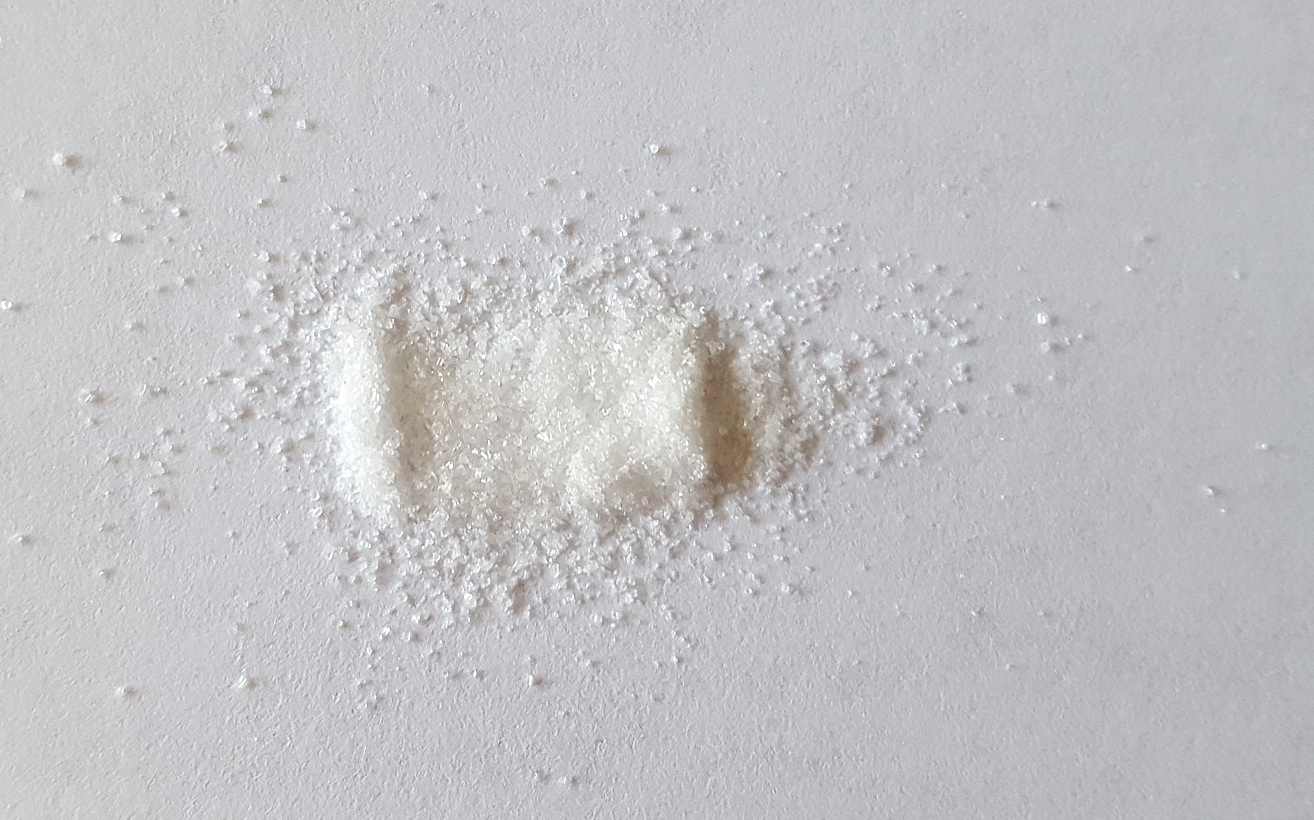Ketamine has long been a popular club drug, but try to buy it these days and there’s a not-insignificant chance that what you’ll be sold is something else entirely. Or maybe you’re trying to buy something else to begin with, and unknowingly end up with ketamine instead.
Everyone in harm reduction is likely familiar with fentanyl test strips (FTS). But other drug-checking technologies are somewhat more niche—like colorimetric reagents, which are generally used on drugs associated with nightlife. They’re handy for checking your MDMA, but there’s never really been a reagent kit that gives reliable results for ketamine.
Now, a unique reagent kit developed by DanceSafe, a harm reduction organization focused on drug safety at raves and other events, can help people determine whether their ketamine actually contains ketamine.
“Nothing has felt as important as this one, simply because of how popular ketamine is around the world. It just keeps increasing in popularity,” DanceSafe Research Director Emanuel Sferios told Filter. “The need for testing ketamine has grown immensely.”
In addition to people who use the drug socially, the new kits could be useful for people trying to purchase illicit ketamine to self-medicate. In recent years, ketamine has exploded in popularity as a treatment for depression, as well an opioid alternative for chronic pain—but at boutique clinics well out of reach for most of the people who could benefit. And the more attention is paid to ketamine, the more adulterated and counterfeit products are being passed off as ketamine.
Ketamine is the only substance known to turn purple under this reagent.
DanceSafe’s kit uses two Morris testing reagents. You add a drop from each bottle to your drug sample, then stir for 20 to 30 seconds. If the steps are followed correctly, and your sample does in fact contain ketamine, the solution will turn a bright purple. Ketamine is the only substance known to turn purple under this reagent, which is what makes the kit effective.
This is the first kit that can distinguish ketamine from other novel dissociatives, like Deschloroketamin (DCK) and 2-Fluorodeschloroketamine (2-FDCK). If either of those is present, the sample will turn a murky blue. Other dissociatives will turn green. If the result is mixed—say, part purple and part blue—that indicates the sample contains both ketamine and DCK or 2-FDCK.
“If you confuse ketamine with one of [the] other dissociatives, you may be in for a very difficult and possibly life-threatening experience,” Sferios said.
The Morris reagent can also be used to reliably identify cocaine, which will turn a bright, almost neon blue.
Like with FTS, a limitation of these kits is that they can only tell you whether a given substance is or is not there—not how potent it may be if detected. Because of the increasingly diversified presence of fentanyl in unregulated drug supplies, it’s always advisable to use FTS on samples, like ketamine, that were not sold as containing opioids.
DanceSafe’s Morris reagent kit retails for $20 and covers around 50 to 75 tests. Prior to its development, the main reagent used for ketamine was Mandelin, which produced inconsistent results and has a comparatively short shelf life.
The new kits should also be more effective than the notoriously inaccurate chemical field tests that police departments have used to wrongfully incarcerate hundreds of people.
“The fentanyl crisis has really changed our culture where even the federal government and law enforcement are supportive of drug-checking,” Sferios said. “They’re starting to understand that we can’t stop drugs, so we need to treat it as a public health issue.”
Photograph via Wikimedia Commons/Creative Commons 4.0




